Be it as a collectible or an investment, the buy-and-sell transactions in artworks are growing faster than many other alternatives.
One popular way long-term investors grow their investments is through different investment products including hard assets or alternative investments such as classic cars, jewels, coins, and fine wines. But, one that stands out is art. Be it as a collectible or an investment, the buy-and-sell transactions in artworks are growing faster than the other alternatives.
2018 Returns by Asset Class
Fine Art, 10.6% (total return, according to Wall Street Journal for 2018.)
S&P 500, -5.1% (Total return, based on estimates for 2018.)Luxury assets have outperformed stocks and bonds this year!
The ordinary person has kept away from investing in art:
- believing it’s only for the rich and famous,
- they don’t know much about art,
- thinking the whole concept is too complicated, and
- worried about getting cheated.
These are genuine concerns. But, these issues can be solved with research and knowledge.
Though it’s not a stable income generator, investment in artworks is suitable if:
- your investment horizon is at least 10 years,
- you are passionate about art and enjoy admiring them, and
- you are an avid reader on art
So, whether you’re planning to invest in a fund, start your own art collection, or just getting design pieces to decorate your home, your best approach is to educate yourself.
These are some basic guidelines for a beginner to follow before plunging into the world of art investment.
Contents
1. Get as much information as possible and decide if this is your cup of tea
Before dipping your head into the world of art investing, equip yourself with enough knowledge. Learn what you are investing in. How?
- Online – All the information needed about artwork movements, media, ideas, designs and artists is available online,
- Art consultant – Get their advice to show the quality and importance of the artworks,
- Visits to local art museums, galleries or buying an art magazine.
These knowledge gathering activities will help you discover your inclinations to certain styles, colors, and topics. Use the opportunity to understand what you want before you start an art collection. Or, maybe it will help you decide whether this asset-class is or just is not suitable for you.
2. Start an art collection
To start an art collection, follow the three principal guidelines below:
(a) collect what you like
(b) if you can, only purchase originals,
(c) buy within your means.
If possible, get a reliable art dealer to advise you.
Rather than buying different categories of art, start a “focused” collection. For example, focus on a particular artist, or specific prints (like Japanese woodcuts) or drawings (such as figurative drawings).
The world of art is huge. It’s important to identify a focus for your collection. Nevertheless, buy what interest you and not what trending.
As with any other expenses, know how much you will or can spend.
3. Budget for it
No budget is too little.
It is no secret that investing in artworks is dominated by high net worth individuals. Buying artwork from renown artists needs a lot of money. In Malaysia, a piece of fine artwork from a well-known artist can fetch more than a million ringgit. ⠀
If you wish to dip your toes instead of immersing yourself in the art market, RM20,000 or less is all that needed. This amount can buy you a fine piece of art from emerging artists whose pieces will generally be more affordable.
4. Where to buy art?
You can buy art in either the primary and secondary market. What are these?
(a) Primary market (ie the release of the artwork for sale for the first time)
Most of the artists will advertise the sale of a new print on their website or gallery. They will send a notification to you if you’re on their email list.
(b) Secondary market (the seller who bought the art earlier, now want to sell it).
Always ask the seller for a certificate of authenticity cause there is plenty of fakes around.
You could buy a piece of artwork at:
- Public and private galleries
These are the most popular destinations. It’s cheaper and inexpensive when you buy it from the public galleries as they usually sell the arts for a good cause. This is in contrast with private galleries which operates as a profit-oriented business. - Auctions
Also, you can buy art from respected auctioneers which would be the most costly. - Purchasing directly from the artist
Another option though unusual. But, they most probably will refer you back to the relevant galleries. - Online art gallery
It’s not difficult to find artwork for sale on the internet. In Malaysia, one such website is artpainting.my Online art is often cheaper than gallery prices. - Art Expos/Fairs
An art fair is a good avenue for beginners to learn about art. Regardless of your knowledge, you will find something that excites you. You can scour, network with many other art enthusiasts, ask the specialists questions, check the prices and analyze. Some of the artworks on sale can compete with works sold at the most famous galleries.
Once you identified a potential piece of art, don’t just go make an offer straight away. Check and research the background of the artist.
5. Research the artist
Find out the general information about the artist such as:
- date of birth.
- where the artist was living and doing business.
- what the artist was studying,
- which galleries, museums, organisations where he or she was exhibiting, accolades, publications, resumé etc.
This data enables you to create the artist’s basic facts and accomplishments. It assesses if the selling prices are fair. The more recognized the artist is, the more expensive his work.
6. Research the artwork
Authenticity is your main concern. It will not be an issue if the artist is still alive. But what if the artist is already dead? As protection, get a certificate of authenticity from an expert in that artwork category or the artist.
Next, get an expert to appraise the art piece. Any damage or substantial restoration done will affect the value materially. But whether it is worthwhile to do this (you need to pay for the appraiser’s service), you need to decide.
7. Don’t follow others, make your own decision based on your preference
What’s everybody else likes is not relevant to you at the moment. You might be into abstract paintings, Chinese calligraphy or both. An artwork is valuable if it’s appealing to you.
When you just dabbled in art, don’t put too much time analyzing the market trends. Trends takes a backseat until you gain enough information to know who and what to pursue.
8. Compare with other artists works
You may fancy the works of a particular artist. Before jumping into buying one of his/her artwork, review his other pieces. Compare also with the works of other similar artists.
If you lose sleep over a particular piece, then go for it. If still unsure, then hang on. No need to rush. Take your time to consider your options to make an informed decision.
Go to the exhibition and view the works. But, in today’s electronic environment, many dealers and auction channels offer excellent art collections with e-portals. You can buy art in the comfort of your own home. You just need to know the art size to ensure it fits well in the particular display space meant for it.
9. Trust your instinct
Often times you have in the moment of uncertainties, go along with your gut feeling.
It’s the same when comes to investing in art. Go with whatever you want and have confidence in yourself. ⠀
Its good to be receptive to advise from an art expert. But you are the one who will be looking and admiring the artwork daily. It is very personal to you.
When you want something, trust your instincts, although you can’t understand why.
Nevertheless, you still need to do some research into your investment opportunities.
10. Learn to differentiate between an original, print, giclées, and reproduction
Original and unique art pieces are the most valued by investors and buyers. But, a print/copy can also be a profitable venture if you know that it will increase in value over the years.
So, can you tell the difference between the originals vs. copies? Here is a brief breakdown:-
- Originals – A unique piece of art favored and acquires by art enthusiasts or investors. Due to its originality, investors are willing to fork out a high price for it.
- Prints – Artwork can be a copy or print which has a monetary value. It provides quality, clarity and visual impact compatible with the original. But, certain prints valuation increases, but some do not. Example, include finite limited edition prints that the artist agreed to execute. Artists occasionally autograph a print on the edge that significantly increases its value.
- Giclées. The best machine-print available is a kind of print called giclée (pronounced zhee-klay). A giclée’s image quality is much higher than other prints, and this fact is definitely shown in its price. For many art lovers as well as ambitious young art investors, owning a Giclée place “fine art” within their reach. Though it can never match the original, it can be a good investment if the print is later signed by the artist. Many traders categorize these prints as’ museum’ and even attest to their authenticity. It must be noted, however, that this is still a copy.
- Posters/Reproductions. These are copies of the originals with unlimited printing. As an investment, it is not worth much. But great for beginners and art collector on a budget.
11. Pricing of artwork
It’s easy to attach a number to a financial asset. We can determine or estimate the value to our house, car and stock. But, can you determine the value of that old painting (pass down from your great-grandfather) hanging at your dining hall wall?
Unfortunately, there is no standard method to value artwork. Many factors affect the price of a piece of art, which include:
The artist’s reputation
For the collectors, the artist’s reputation precedes the artwork no matter how good the art. Investing in emerging artists art are therefore much cheaper than an established artist.
Supply and demand
The more people who want a piece of art, the more determined they are to cough up the money.
Offers are another key factor. The price points of emerging artists artworks are a fragment of what renowned artists can get.
Auction prices fluctuate greatly, based on the offer, from gallery prices.
Oils were traditionally more costly than watercolors which are pricier than drawings, etc.
First marketed products in the main market are lower than previous ones (second-hand market).
Other considerations include,
- the gallery’s reputation
- the inclination for a particular form or style
- Specific subjects (such as handcrafted paintings or sculptures) pay more than works published
- The works medium. For the same artist, a work on paper will typically cost less than a painting of the same scale.
- Size also has a factor: larger works are worth more
- An artist’s life span
Bottom line, there are no hard and fast rules on how to price artwork.
12. Hidden Costs
When budgeting, please take into account extra costs, such as insurance, shipping, framing and maintenance, that aren’t included in the sales price.
Remember to talk to the seller on how to care for the artwork. Are there any specific actions needed on a regular basis and if it is harmed.
Conclusion
Not everybody is suitable to invest in art. It may seem lucrative but, the appreciation in value is not a sure thing. To succeed, expand your knowledge of art. Do a lot of research including visiting museums, galleries and auctions. Think objectively and take away the emotion. Select with the eye of a collector, but the mind of an investor.
The art world isn’t just entertainment or investment to many people–it’s more of a passion and appreciation. It’s a way to enter and get lost in beautiful artworks from various nations, disciplines and times. Many art lovers consider art as a record of mankind’s history. So, unlock the door and start your great ride.
So, what are our thoughts? Have you contemplated investing in art?

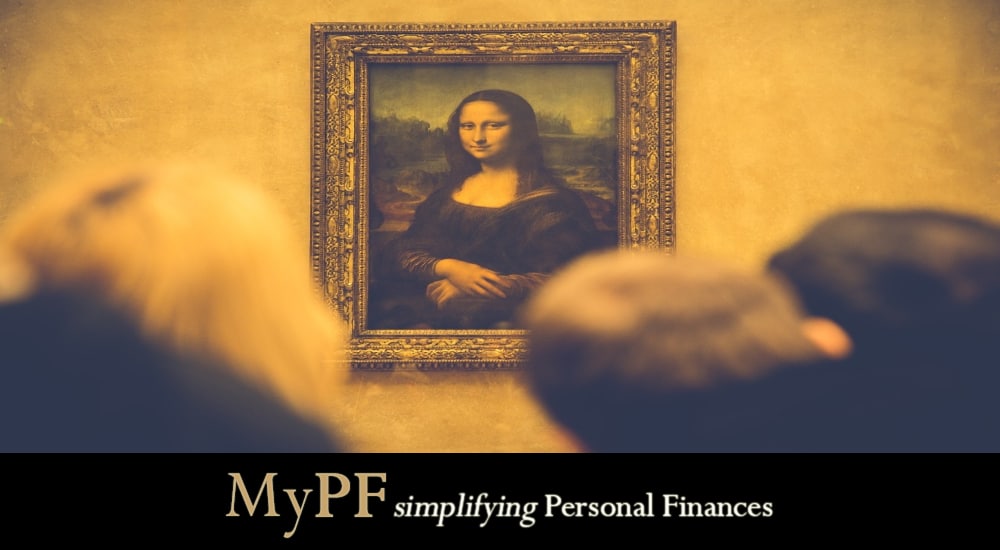
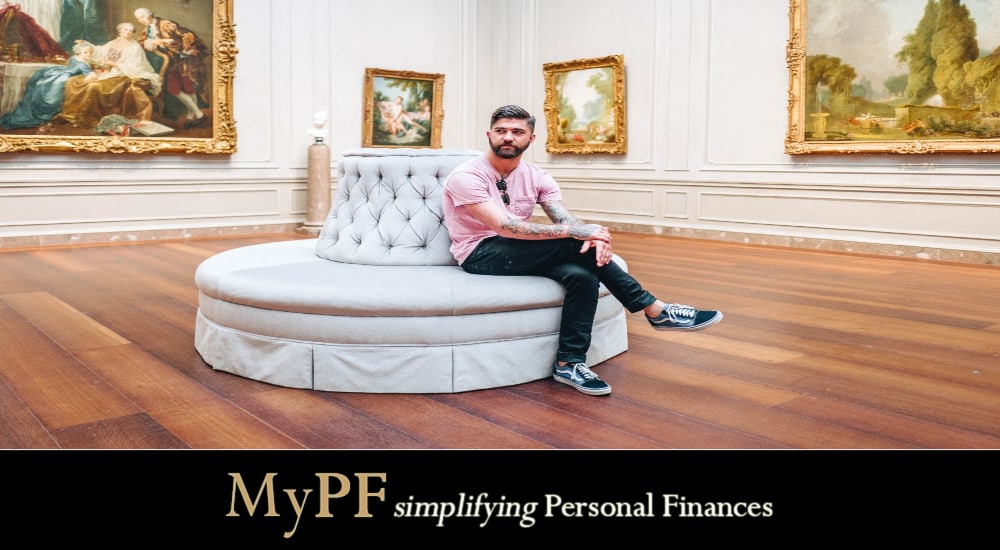
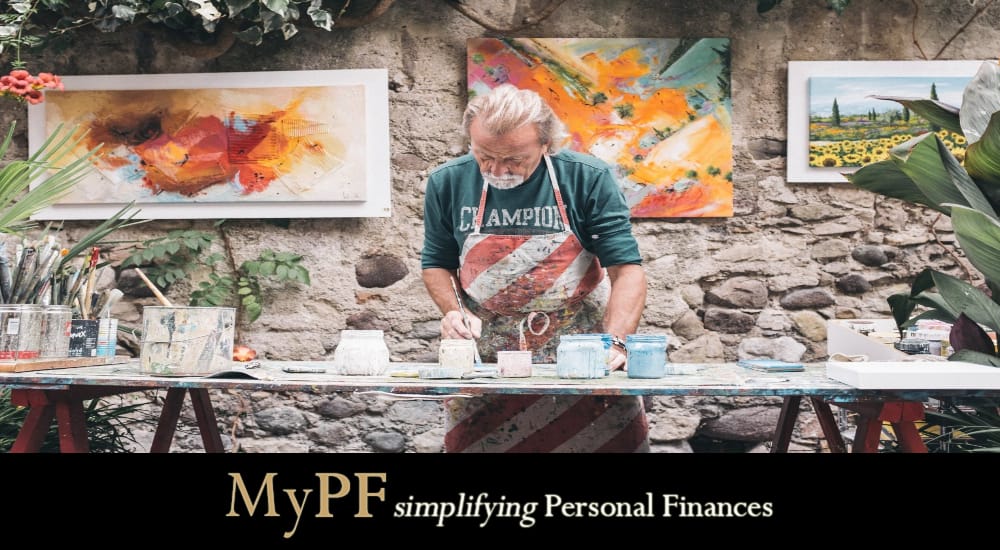
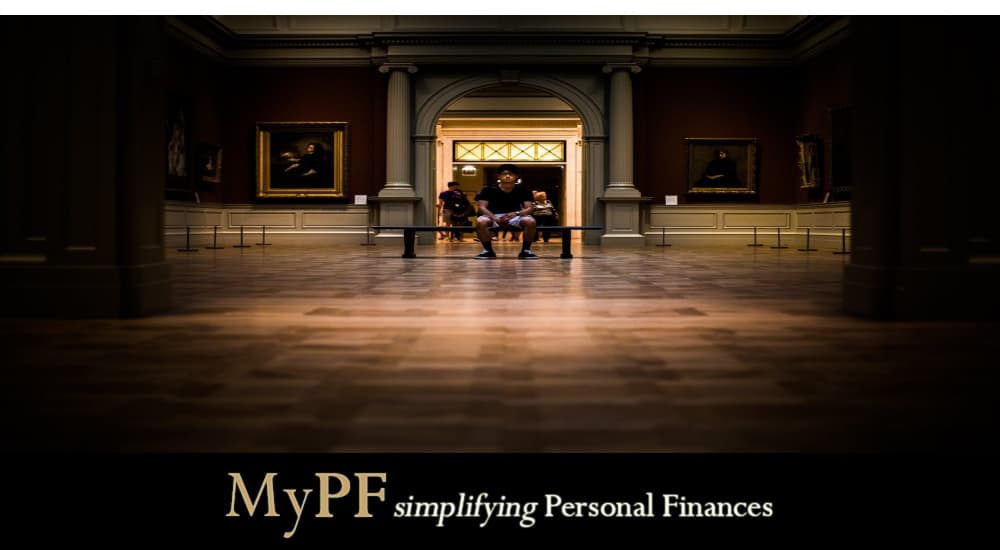
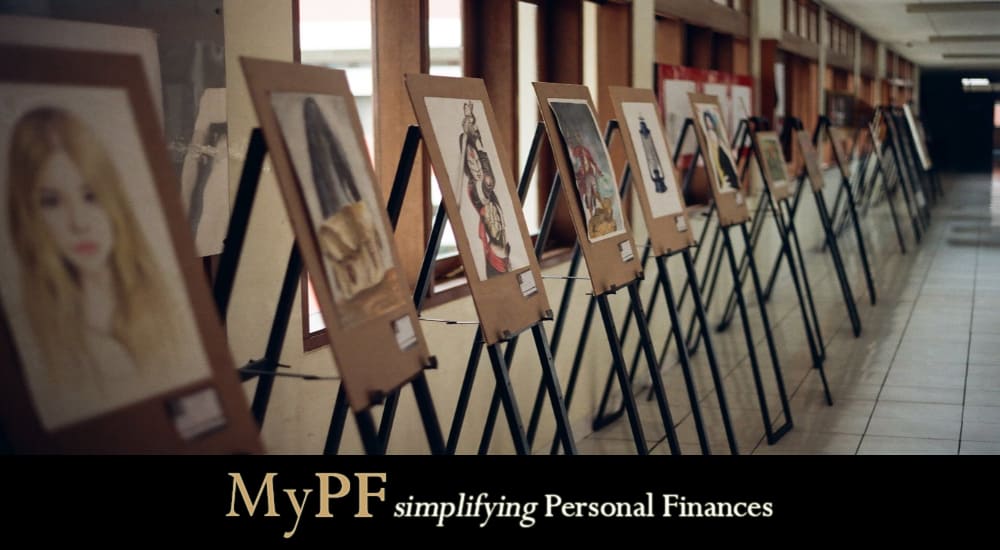



Leave A Comment